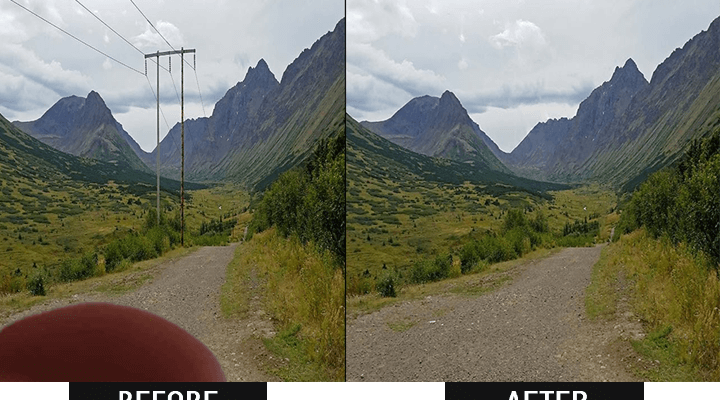Common Mistakes With Remove Unwanted Objects from Photos
Introduction:
In the era of digital photography and advanced image editing tools, removing unwanted objects from photos has become a common practice. Whether it’s a random passerby in a picturesque landscape or an unsightly blemish on a portrait, the ability to seamlessly remove such elements can significantly enhance the overall quality of an image. clearoff image with ai However, despite the availability of powerful software and various tutorials, many individuals still make common mistakes when attempting to remove unwanted objects. In this article, we will explore these mistakes and provide valuable insights into how to avoid them, ensuring a flawless photo editing experience.
- Ignoring the Original Image Composition:
One of the most significant mistakes in removing unwanted objects from photos is disregarding the original composition. A poorly executed object removal can leave behind unnatural gaps or distort the overall balance of the image. Before embarking on any removal process, take a moment to analyze the photo’s composition and identify how the object interacts with the rest of the elements. Understanding the image’s dynamics will help you determine the best approach to eliminating the unwanted object while maintaining a harmonious composition.
- Overuse of Cloning Tools:
Cloning tools in image editing software are powerful allies in object removal, but they can also become a double-edged sword. Overusing these tools can lead to repetitive patterns and unnatural textures, making the editing apparent to viewers. To avoid this mistake, vary the source areas when using cloning tools and ensure they match the surrounding environment. Additionally, consider using other tools like content-aware fill, healing brushes, or patch tools, which offer different algorithms for more realistic outcomes.
- Inadequate Feathering and Blending:
Successful object removal involves seamless blending between the edited area and the surrounding background. Many inexperienced editors neglect the importance of feathering and blending, leading to abrupt edges and obvious traces of manipulation. Always apply feathering to the selection before removing the object, and use gradual transitions to ensure a more natural appearance. Adjust the opacity of the editing layers as needed to achieve optimal blending with the original image.
- Disregarding Lighting and Shadows:
A common oversight in object removal is ignoring lighting and shadows. When an object is removed, its presence usually leaves behind a shadow or affects the lighting in that area. Failure to address this can result in an image that looks artificial and out of sync with the rest of the scene. Pay attention to the direction and intensity of light in the original photo, and recreate or adjust shadows and lighting accordingly to maintain realism.
- Erasing Instead of Masking:
Novice photo editors often resort to the erase tool to remove unwanted objects, thinking it is the quickest method. However, using the erase tool permanently erases pixels, making it challenging to correct any errors or refine the edits later. Instead, opt for non-destructive techniques like layer masking, which allows you to conceal or reveal parts of the image without permanently altering the underlying data. Masks give you the flexibility to fine-tune edits, making it easier to revert changes if needed.
- Neglecting Image Resolution and Quality:
Another common mistake is ignoring the resolution and quality of the edited image. Each time you save a JPEG image, it undergoes compression, leading to a loss of image data and a decrease in quality. Repeatedly saving an edited JPEG can degrade the photo significantly. To avoid this, work on a copy of the original image in a lossless format like TIFF or PSD, and only save the final version in JPEG when you are satisfied with the results.
Conclusion:
Removing unwanted objects from photos is a valuable skill that can elevate the quality of your images. However, it requires careful consideration and attention to detail to avoid common mistakes that can compromise the image’s integrity. By being mindful of the original composition, using the right tools in moderation, prioritizing feathering and blending, accounting for lighting and shadows, employing non-destructive techniques, and preserving image resolution, you can achieve seamless and natural-looking results. Practice and patience are essential, and with time, you will refine your skills and become proficient in removing unwanted objects flawlessly. Happy editing!
To remove unwanted objects from photos online free go there now



